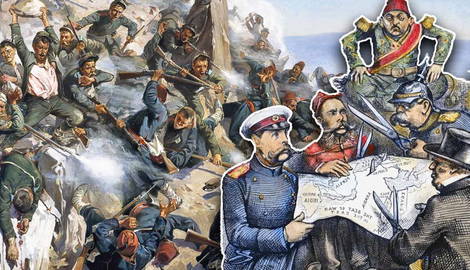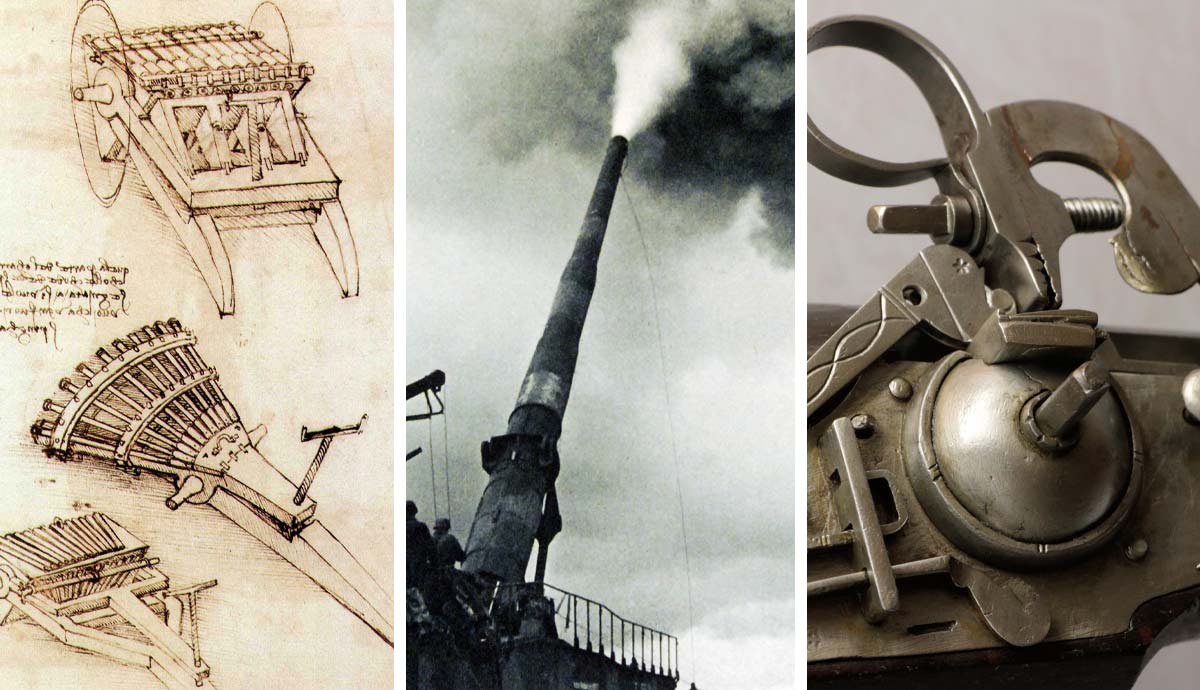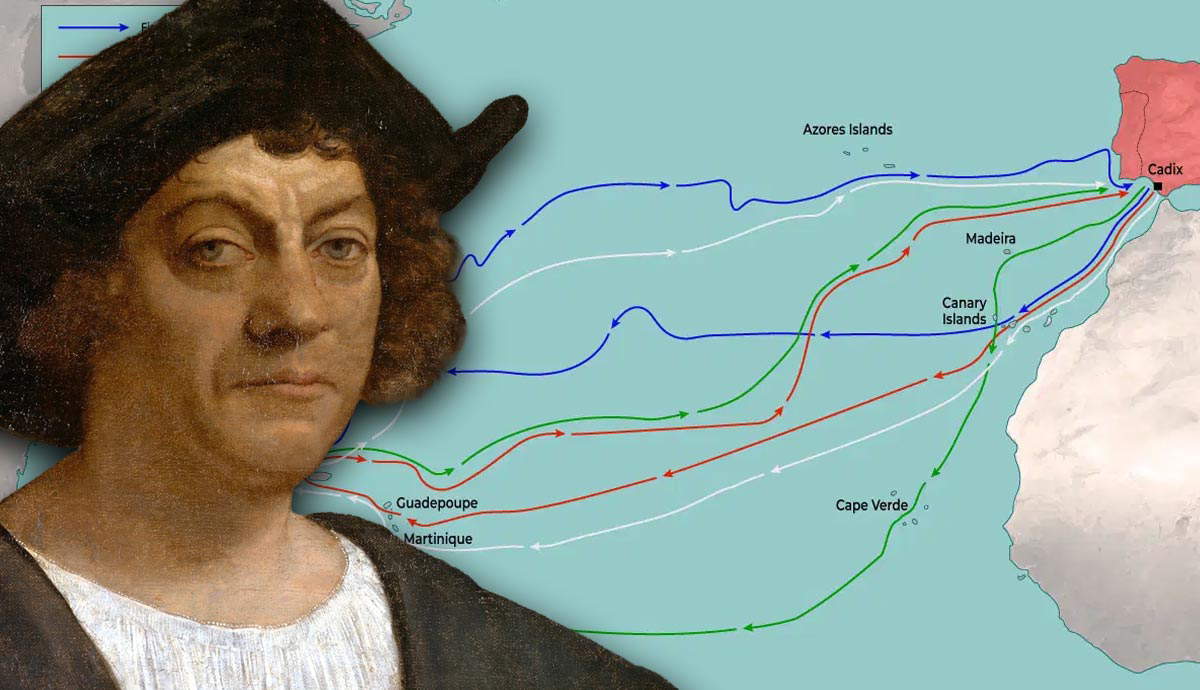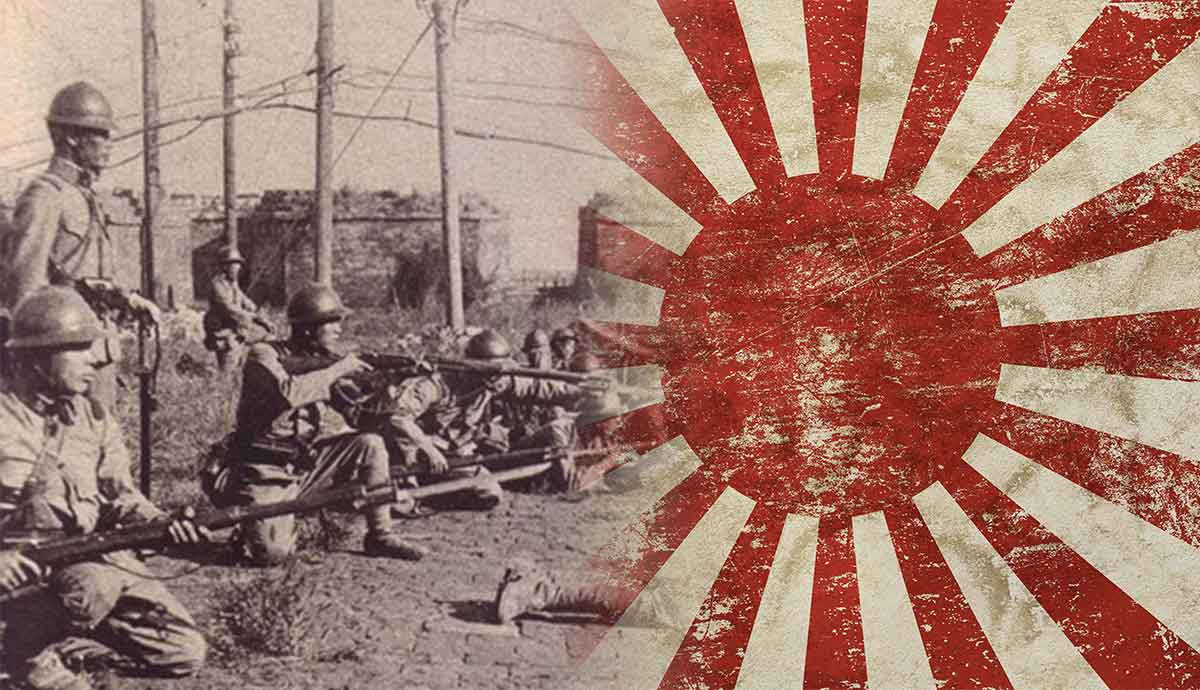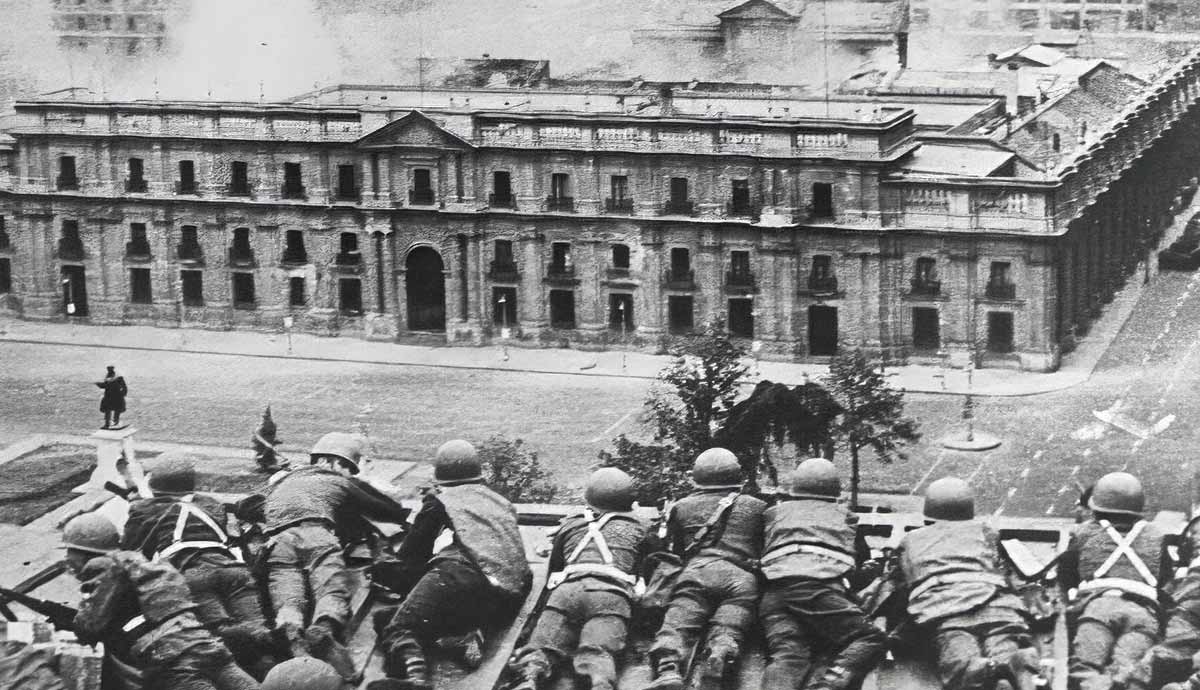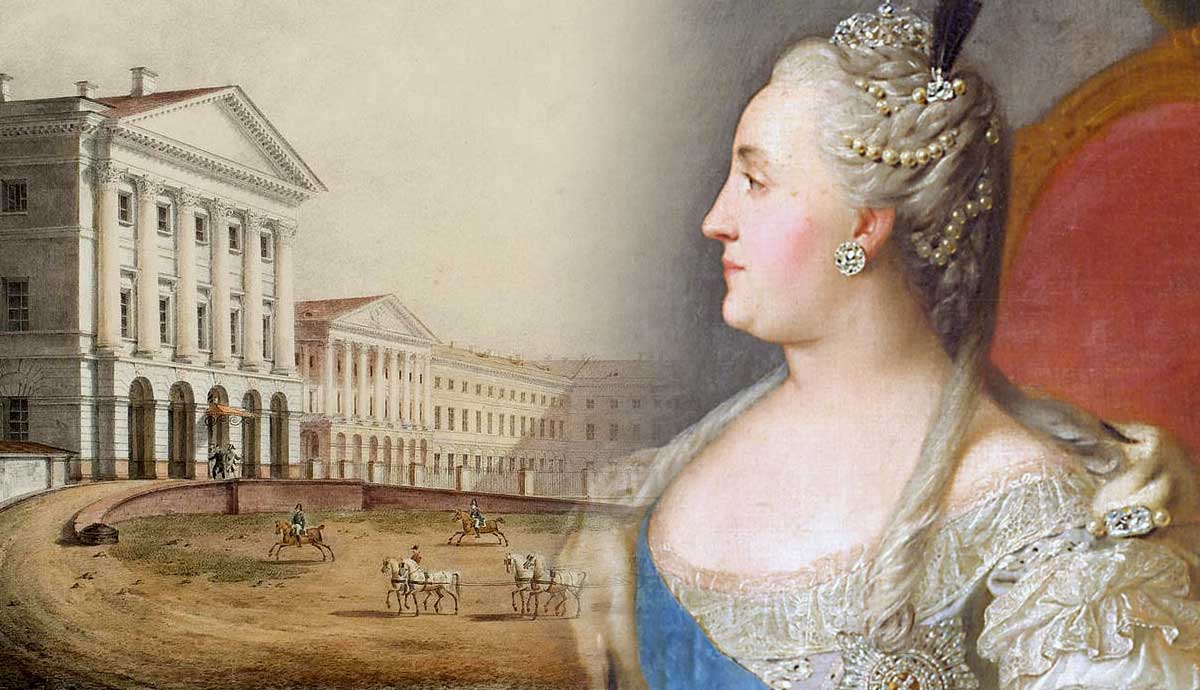
In the latter half of the 19th century, Russian military prestige had been dealt a significant blow in the Crimean War, but this state of affairs would not last for long. Russia sought another conflict with the Turkish Ottoman Empire in a bid to regain security in the area, especially around the Black Sea, where Russia’s need for a warm-water port was of vital importance.
Russia found its excuse in the Ottoman territories of Eastern Europe, as Romania, Bulgaria, Serbia, and Montenegro started belligerent actions against their Ottoman overlords.
Under the pretext of protecting its allies and freeing them from Turkish rule, the Russians went on the offensive. The Tenth Russo-Turkish War would be the last and the most important of all the conflicts between the two empires. It would also be one of the bloodiest.
A History of Conflict & Rising Tensions

Russia and Turkey had gone to war several times over the space of just over three centuries. The 1877–1878 war was the tenth conflict between the two nations, excluding the Crimean War, in which the Ottomans fought on the side of the British and the French against the Russians.
The 1877–1878 Russo-Turkish War is considered by many to be the largest and most important of these conflicts, although this argument is debatable. Generally, when one mentions the “Russo-Turkish War,” it is this conflict that is being spoken of.
The first major conflict between the two nations was the Russo-Turkish War (1768–74) during the time of Catherine the Great. It concluded with Russian expansion and, importantly, the right to protect Christian subjects in the Ottoman Empire.
For decades before the war, tensions had risen between the Muslims and the Christian populations of the Ottoman Empire. Despite attempts by the Ottoman government to eradicate all legal precedents for inequality, societal animosity still existed. This was also fuelled by nationalistic tendencies in conquered territories. Rebellions in Lebanon and Crete shook Ottoman authority and forced Ottoman society to confront its religious makeup.
This was also an issue in Russia. Tensions between religious groups in the Russian Empire affected the Ottoman Empire as well. Already struggling financially, the Ottomans were forced to take in 600,000 Circassian Muslims expelled from the Russian Empire.
Apart from the religious and nationalistic aspects, Russia had been forced to destroy its Black Sea Fleet after its defeat in the Crimean War. While the territorial losses had been minimal, the effect on Russia’s imperial reputation was a sore point, and the Russians were out for blood. The Ottoman Empire provided the easiest target for resolving this issue.

The excuse for Russian action against the Turks began with a crisis in the Balkans from 1875 to 1876. This region was under Ottoman control, and the Russians saw an opportunity to foment further rebellion under the pretext of helping Christians against Muslim dominance. The religious aspect of this crisis would also lead to ethnic cleansing, and hundreds of thousands of Muslims would be murdered or displaced as nationalist sentiments gripped the region.
To add to their woes, the Ottomans had suffered a severe drought in Anatolia in 1873, followed by flooding the following year. Famine hit the empire hard, and taxes were increased in the outlying provinces. Albania, Bosnia, Herzegovina, and Bulgaria all revolted against the taxes.
The reaction to the Bulgarian uprising was particularly brutal, and it is estimated the Ottoman response resulted in the massacre of between 30,000 and 100,000 Bulgarians. The atrocities were internationally condemned, with the strongest condemnation coming from Russia.
On June 30, 1876, Serbia and Montenegro declared war on a weakened Ottoman Empire. Russia supported Serbia with volunteer troops, but the equipment and training of the Serbs were poor. They did, however, manage to repel Ottoman attempts to advance into Serbia. Thus, Serbia became de jure independent. However, the situation could not last, as the war took its toll on Serbian combat capabilities. They needed either a peace agreement or the intervention of a powerful ally.
After several attempts to broker a peace deal failed, Russia finally found the casus belli it needed and declared war on the Ottoman Empire.
The War Begins

On April 24, 1877, Russia declared war on the Ottoman Empire. Its troops prepared to assault Turkish positions through Romania, at the time a rebellious Turkish province. On May 10, Romania declared its independence.
The Russians fielded around 300,000 troops in the Balkans, while the Turks had 200,000. Although outnumbered, the Turks had the advantage of having fortified positions and being on the defensive.
Both sides made mistakes in the initial phases of the war. The Turks assumed the Russians would not launch any daring operations and would rely on a safer strategy, while the Russians initially crossed the Danube with only 185,000 men, which proved not enough to take on the Turkish defenses.
1877

After crossing the Danube and seizing the city of Nikopol, the first real test for the Russians came with the attack on the fortified city of Pleven (also called Plevna). A quick victory here was thwarted by Ottoman defenses under the command of Osman Nuri Pasha, which took a significant toll on the Russians, who suffered a setback in morale as a result. The attackers had to resign themselves to a protracted siege to take the city.
With the help of Romanian forces, Pleven eventually fell to the Russian forces on December 10, 1877, but the Russians took 50,000 casualties killed and wounded in the process. This action almost broke the back of the Russian campaign, and over 100,000 soldiers had to be mobilized and added to the Russian forces in the Balkans. The Ottomans took major losses as well. Tens of thousands were taken prisoner, and thousands of them died in the cold, snowy conditions as they were marched into captivity.
Meanwhile, in the Caucasus, a Russian army of 50,000 troops led by four Armenian commanders saw successes. They captured the town of Bayazid on April 27 and took the entire Ardahan region on May 17. Capitalizing on the victory there, the Russian forces besieged the city of Kars before being driven back by the Turks. Bolstered by reinforcements, the Russians relaunched their siege, and on November 18, Kars fell.
After the fall of Pleven, the Serbians declared war on the Ottomans again. They began a campaign in southeast Serbia, successfully capturing four cities and driving the Ottomans back eastwards.

The fall of Pleven also freed up troops necessary for the Russian efforts in Bulgaria to defend the vital Shipka Pass. A total of four battles were fought here during the war. On July 17-18, the Russians and Bulgarians launched assaults to seize the pass from the Ottomans. After repelling the first few attempts, the Turks decided their position was indefensible and withdrew, leaving the pass in the hands of the Russians, who quickly began fortifying their positions for a possible counterattack.
At the end of August, the counterattack came. For the Ottomans, Shipka Pass represented a way to get reinforcements through the mountains to relieve Pleven, while for the Russians, the entire north of Bulgaria would be secure if the pass could be held. The Ottoman attempt to retake the pass was powerful. The Russians, under the command of General Stoletov, made a heroic stand, running out of ammunition and resorting to throwing rocks at one point. The Ottomans, under the command of Suleiman Pasha, withdrew.
In September, Suleiman Pasha made another attempt, but the Russians, now under the command of General Fyodor Radetkzy, managed to bring in reinforcements, and the Ottomans were defeated again.
1778: The End of the War

After the capture of Pleven and the surrender of a sizable chunk of the Ottoman army, the situation was dire for the Turks. The Russians and their allies now had freed up 65,000 troops and could maneuver them through the region with near impunity.
A last-ditch attempt by the Turks in January to take Shipka pass failed as well, and the Russians took a speedy route to draw the war to a close. By this time, a wider operation led by Field Marshal Gourko had seen all the passes of the Stara Planina mountain range secured by the Russians.
After Shipka was completely secured, the Russians took the Ottomans by surprise by crossing a difficult part of the mountain range in winter. They defeated a much smaller Turkish army led by British Soldier Valentine Baker at the Battle of Tashkessen on December 31 and then took the Bulgarian capital of Sofia.
From this point, there was no effective Turkish resistance, and the Russians found themselves in a favorable position, able to march on the Ottoman capital of Constantinople. The Turks offered a truce on January 31, but the Russians continued the hostilities while they considered their options.
In the Caucasus theater, the Russians captured Erzurum, a strategic fortified town, and strengthened their position.
Under pressure from the British, the Russians finally accepted a peace agreement, and the war officially ended.
The Aftermath of the Russo-Turkish War

The war was a complete failure for the Turks. After five centuries of Turkish rule, Bulgaria was established as a principality, free of Ottoman control in all but name. Technically, it would exist as a vassal state until 1908, when it declared itself the Kingdom of Bulgaria. Romania, Serbia, and Montenegro also won their independence, freeing themselves from the yoke of the Ottomans.
In the Caucasus, the Russians won several provinces from the Turks, which were incorporated into the Kars Oblast.
The most chilling result of the war, however, was the scope of deaths. Both sides carried out ethnic cleansing. Tens of thousands of Christians were massacred, with the most notable event being the massacre of civilians in the town of Stara Zagora, carried out by forces under the control of Suleiman Pasha.
The biggest death toll, however, was the Muslims who were killed by the Russians and their allies. Not only the army but civilians carried out ethnic cleansing as they sought to rid their lands of all Ottoman influence. It is estimated that more than 400,000 Ottoman Muslims were massacred.

The final Russo-Turkish War started out as a risky gamble, but it ended up being a complete victory for the Russians, closing another chapter in the long decline of the Ottoman Empire.
Like all wars, the effect on the average civilian was one of misery, disaster, and death as nationalism and imperial ambitions steamrolled over the lives of ordinary people.
